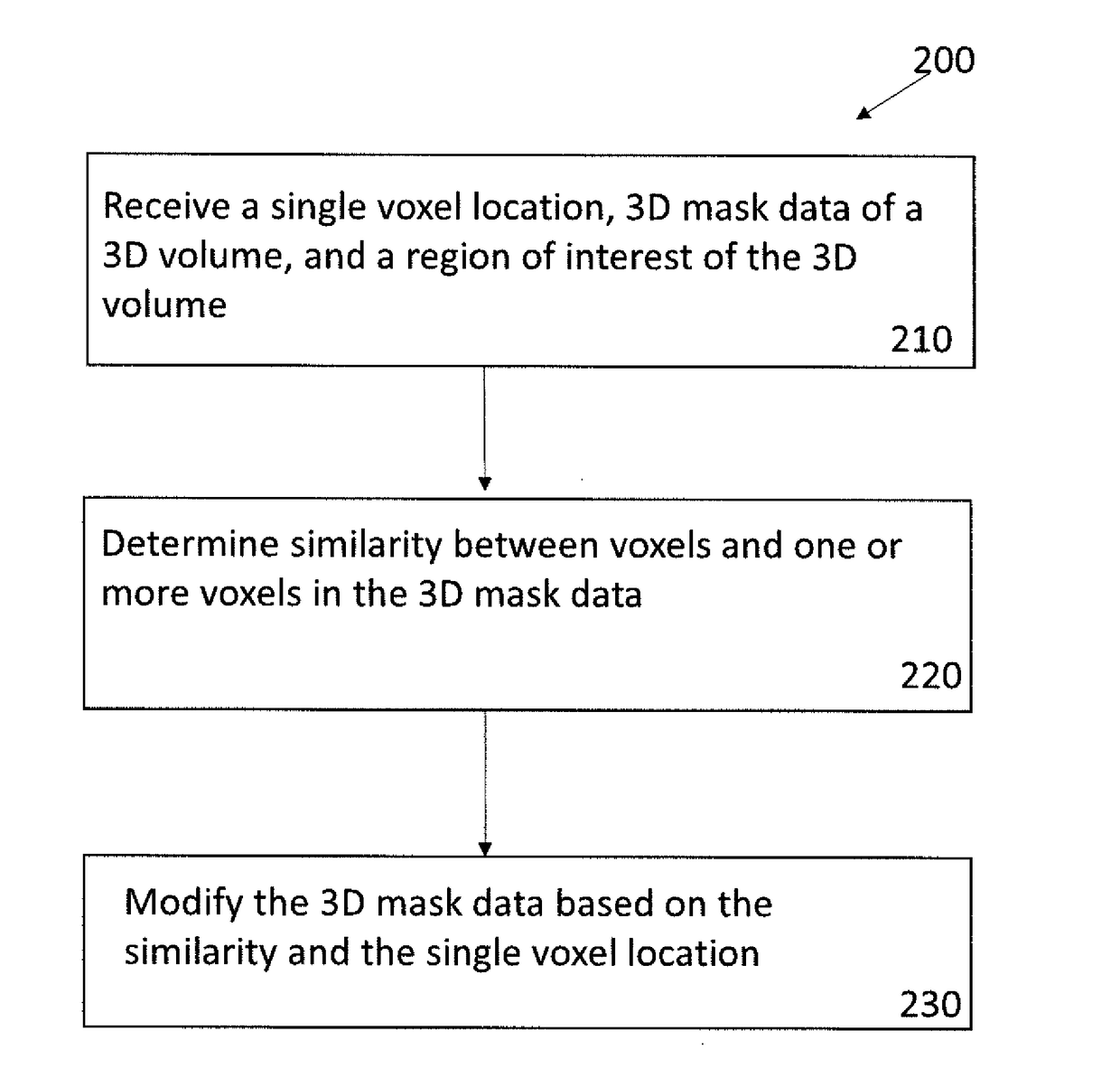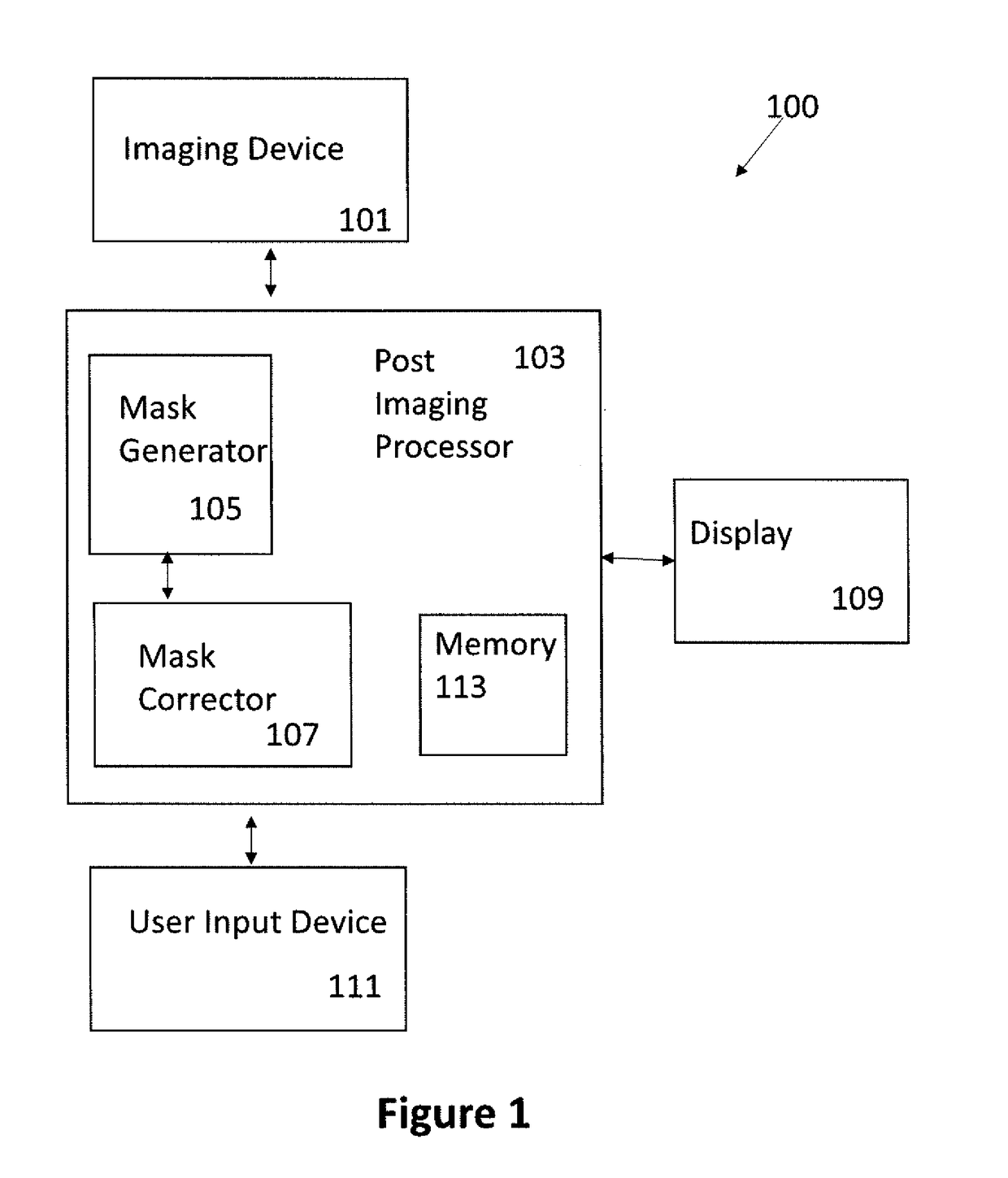Systems and methods for an integrated system for visualizing, simulating, modifying and 3D printing 3D objects
a technology of 3d printing and integrated systems, applied in the field of systems and methods for visualizing, simulating and 3d printing 3d objects, can solve the problems of time-consuming and unrealistic for a medical professional to perform, mask creation, and appearance erroneous to the viewer, and achieve the effect of accurate representation of an object being imaged, reducing the amount of data needed, and increasing the speed
- Summary
- Abstract
- Description
- Claims
- Application Information
AI Technical Summary
Benefits of technology
Problems solved by technology
Method used
Image
Examples
Embodiment Construction
[0024]In the following description, various aspects of the present invention are described. For purposes of explanation, specific configurations and details are set forth in order to provide a thorough understanding of the present invention. However, it is apparent to one skilled in the art that the present invention may be practiced without the specific details presented herein. Furthermore, well known features may be omitted or simplified in order not to obscure the present invention.
[0025]Generally, 3D objects can be assigned to masks. The masks can be used to visualize (e.g., on a 2D screen or in virtual reality) and / or 3D print all or a portion of the 3D object. Each mask can include extraneous data or be missing data. Each mask can be corrected by, adding or removing data from the mask.
[0026]Correcting the mask can involve identifying a region in the mask to correct (e.g., identifying a region of interest). The region of interest can be a subgroup of the entire 3D data. For ex...
PUM
 Login to View More
Login to View More Abstract
Description
Claims
Application Information
 Login to View More
Login to View More - R&D
- Intellectual Property
- Life Sciences
- Materials
- Tech Scout
- Unparalleled Data Quality
- Higher Quality Content
- 60% Fewer Hallucinations
Browse by: Latest US Patents, China's latest patents, Technical Efficacy Thesaurus, Application Domain, Technology Topic, Popular Technical Reports.
© 2025 PatSnap. All rights reserved.Legal|Privacy policy|Modern Slavery Act Transparency Statement|Sitemap|About US| Contact US: help@patsnap.com



